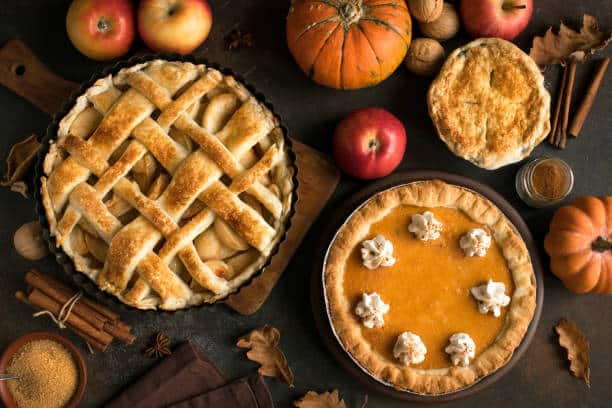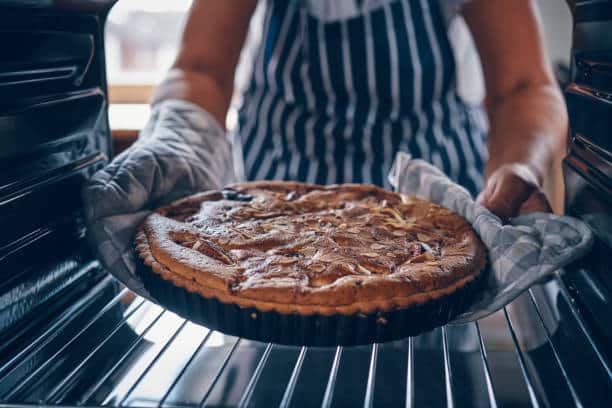It’s pie season! Okay, every season is pie season, but there’s just something comforting about knowing a pie is in the oven. Now, we used to be the type that didn’t waste time on making a pie crust and always, without a second thought, simply bought a frozen one. But just like there’s something comforting about a pie being in the oven, making a pie crust just tastes like love, ya know? If you’re new to the pie crust-making game or haven’t mastered the art yet, we have some tips to help you out. Let’s get started!
Everyone loves a flaky pie crust and to achieve this, whether it’s butter, shortening, or lard that you’re using, just make sure it’s nice and cold and cut into tiny pieces. This will ensure that as you mix the ingredients, your fat maintains integrity and won’t even have a chance to be overworked. And while we’re on the topic, for the richest flavor, go with butter.
Go easy on the water or whatever liquid your recipe calls for. When you add water, you’re encouraging gluten development which is what you don’t want in a pie crust, so add just enough water that the dough holds together, but is still a little rough. As you’re working with your pie crust and you find you could use more water, opt to flick it or mist water on with a spray bottle. Always ere on the side of under-watering versus over-watering your dough. If your dough gets too wet, simply chill it and add more flour, and you should be good to go.

If you’re like us, then you’re all too familiar with the feeling of placing your dough in a pie plate and wondering where the heck all your dough went because it appears you’re missing some dough. No worries, from here on out all you need to do is flip your pie pan upside down over your rolled-out dough and make sure your dough is about one inch wider than the pie pan, and you should be golden.
Once your pie dough is set in the pan, use scissors to trim the excess. It’s just easier than a knife. Crimping the crust can prove to be a chore sometimes, so we recommend using a fork. Plus, you get the added benefit of not accidentally overworking the dough with your fingers.

